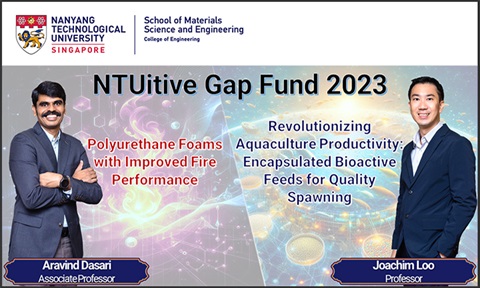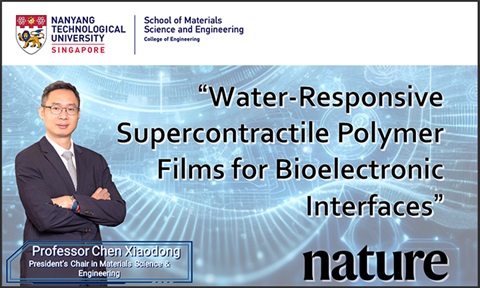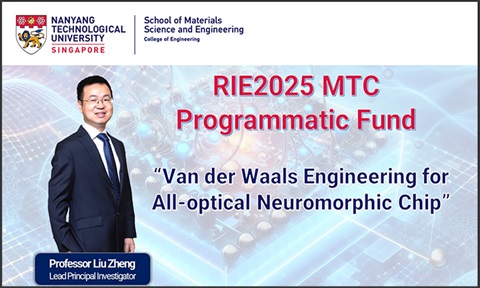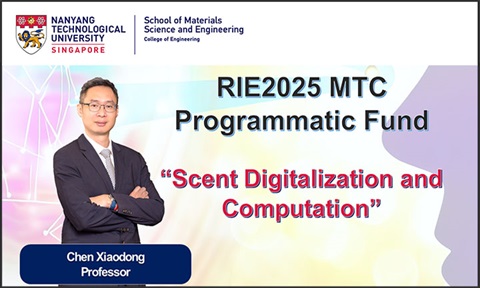Matter paper - Nanyang Asst Prof Kedar Hippalgaonkar
We would like to extend our warmest congratulations to Nanyang Asst Prof Kedar Hippalgaonkar and his team on their Perspective paper titled "An object-oriented framework to enable workflow evolution across materials acceleration platform" published in Matter.
.jpg?sfvrsn=4776f418_3)
Summary
Progress in data-driven self-driving laboratories for solving materials grand challenges has accelerated with the advent of machine learning, robotics, and automation, but they are usually designed with specific materials and processes in mind. To develop the next generation of materials acceleration platforms (MAPs), we propose a unified framework to enable collaboration between MAPs, leveraging on object-oriented programming principles using research groups around the world that would be able to effectively evolve experimental workflows. We demonstrate the framework via three experimental case studies from disparate fields to illustrate the evolution of, and seamless integration between, workflows, promoting efficient resource utilization and collaboration. Moving forward, we project our framework on three other research areas that would benefit from such an evolving workflow. Through the wide adoption of our framework, we envision a collaborative, connected, global community of MAPs working together to solve scientific grand challenges.
The article can be found via this link: https://doi.org/10.1016/j.matt.2022.08.017.
About Matter
Matter, a sister journal to Cell, is a monthly journal encompassing the general field of materials science, from nano to macro, fundamentals to application. Recognizing that materials discovery and development facilitate groundbreaking technologies bridging multiple disciplines, Matter will embrace all significant advances in materials research, encompassing the previously unknown and the innovative. Matter will highlight material type and scale of interest for each study, while also explicitly assessing the stage of material development, click here for more details. In this way, while still stressing fundamental science, materials advancement and progression can be tracked and put into context of potential impact, from concept to societal usage. The journal aims to be the premier resource for researchers in both academia and industry, providing a platform of inspiration for the next generation of materials scientists.
The journal has a 2021 impact factor of 19.967.
Our heartiest congratulations to Nanyang Asst/P Kedar Hippalgaonkar and the team on their excellent achievement!














/enri-thumbnails/careeropportunities1f0caf1c-a12d-479c-be7c-3c04e085c617.tmb-mega-menu.jpg?Culture=en&sfvrsn=d7261e3b_1)

/cradle-thumbnails/research-capabilities1516d0ba63aa44f0b4ee77a8c05263b2.tmb-mega-menu.jpg?Culture=en&sfvrsn=1bc94f8_1)

7e6fdc03-9018-4d08-9a98-8a21acbc37ba.tmb-mega-menu.jpg?Culture=en&sfvrsn=7deaf618_1)






